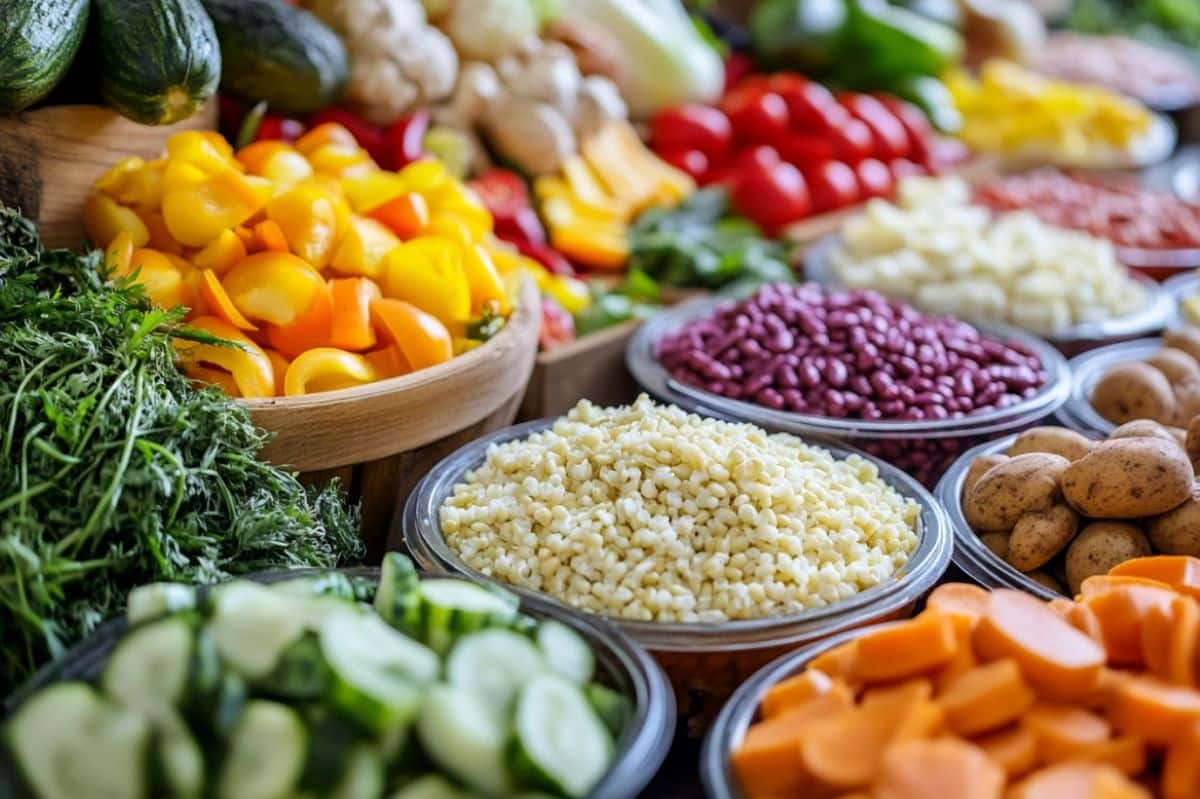How will your competent? doctor use this to optimize your gut-brain axis to get to stroke recovery? 8 years to become competent? DID YOUR DOCTOR SUCCEED?
Do you prefer your doctor, therapist and hospital incompetence NOT KNOWING? OR NOT DOING?
First Gut Microbiome Map for Personalized Food Responses
Summary: A recent study has mapped how molecules in food interact with gut bacteria, revealing why people respond differently to the same diets. By examining 150 dietary compounds, researchers found that these molecules can reshape gut microbiomes in some individuals, while having little effect in others.
This breakthrough could enable personalized nutrition strategies to better manage health risks. The findings offer a deeper understanding of the gut microbiome’s role in health and disease.
Key Facts:
- Gut bacteria respond differently to the same food molecules in different people.
- The study mapped 150 food compounds’ effects on gut microbiomes.
- This research could lead to personalized dietary recommendations for better health.
Source: Yale
“Gut health” is a growing buzzword for foodies and dietitians alike—and with good reason. The trillions of microbes and bacteria living in our gut are implicated in numerous aspects of health and disease.
Scholars at the Yale Microbial Sciences Institute have taken an important step toward evidence-driven personalized nutrition tailored to individual gut health needs.
The lab of Andrew Goodman has generated the first systematic map to show how the molecules in certain foods interact with our unique gut bacteria.

Their findings are published in the journal Cell.
Building on earlier research examining medical drugs and gut bacteria, the scientists set out to understand why different people respond differently to the same foods.
“We know that diet is a huge component of our health and shapes our microbiome,” explained Elizabeth Culp, a former postdoctoral fellow in the Goodman Lab and first author of the study.
While a large body of work has described the effects of “macronutrients” such as fiber on our gut microbiomes, surprisingly little is known about how other small molecule components in food drive health issues.
“Aside from anecdotal examples in the scientific literature, evidence is scarce regarding which dietary changes people can make to help them manage risk factors for diseases like diabetes or cancer,” said Culp.
“It is possible this is because our microbiomes respond differently to the same molecules present in food.”
The scholars designed a systematic map of the interactions between small molecules in our food and different bacteria in the gut.
The work is among the first to describe the specific microbial genes responsible for metabolic transformation of dietary compounds and the mechanisms for how dietary compounds change our microbiomes.
Using liquid chromatography-mass spectrometry at the Yale West Campus Analytical Core, the scientists combined different molecules with gut bacteria to create growth models and maps for around 150 dietary “xenobiotic” compounds.
Sequencing at the Yale Center for Genome Analysis enabled the team to measure the degree of change in the composition of human gut communities.
“We were surprised by the level of variability,” said Goodman, who is the C.N.H. Long Professor and Chair of Microbial Pathogenesis, and Director of the Microbial Sciences Institute (MSI).
“The same dietary compound could dramatically reshape some individuals’ gut microbial communities while having almost no impact on other people’s microbiomes,”
The molecular map provides a mechanism to explain these variable responses between different people, showing how a dietary compound impacts the growth of gut microbes and how that compound is metabolically altered by the microbial community.
Predicting how an individual responds to a given food—and ultimately how this affects their health—remains difficult. But the findings offer a foundation to understand how metabolic reactions vary between people and how these differences shape the growth of “good” or “bad” bacteria in our gut.
“If we can figure out the specific microbial genes that determine how a microbiome responds to a molecule in our food, and how these genes are different between different people’s microbiomes, correlations to diseases like cancer, diabetes, or gastrointestinal infections can start to make sense,” concludes Culp, who is currently a scientist at Empress Therapeutics in Boston.
“This is the first step towards creating custom dietary recommendations as part of personalized nutrition strategies.”
About this microbiome and diet research news
Author: Jon Atherton
Source: Yale
Contact: Jon Atherton – Yale
Image: The image is credited to Neuroscience News
Original Research: Open access.
“Microbial transformation of dietary xenobiotics shapes gut microbiome composition” by Elizabeth J. Culp et al. Cell
No comments:
Post a Comment